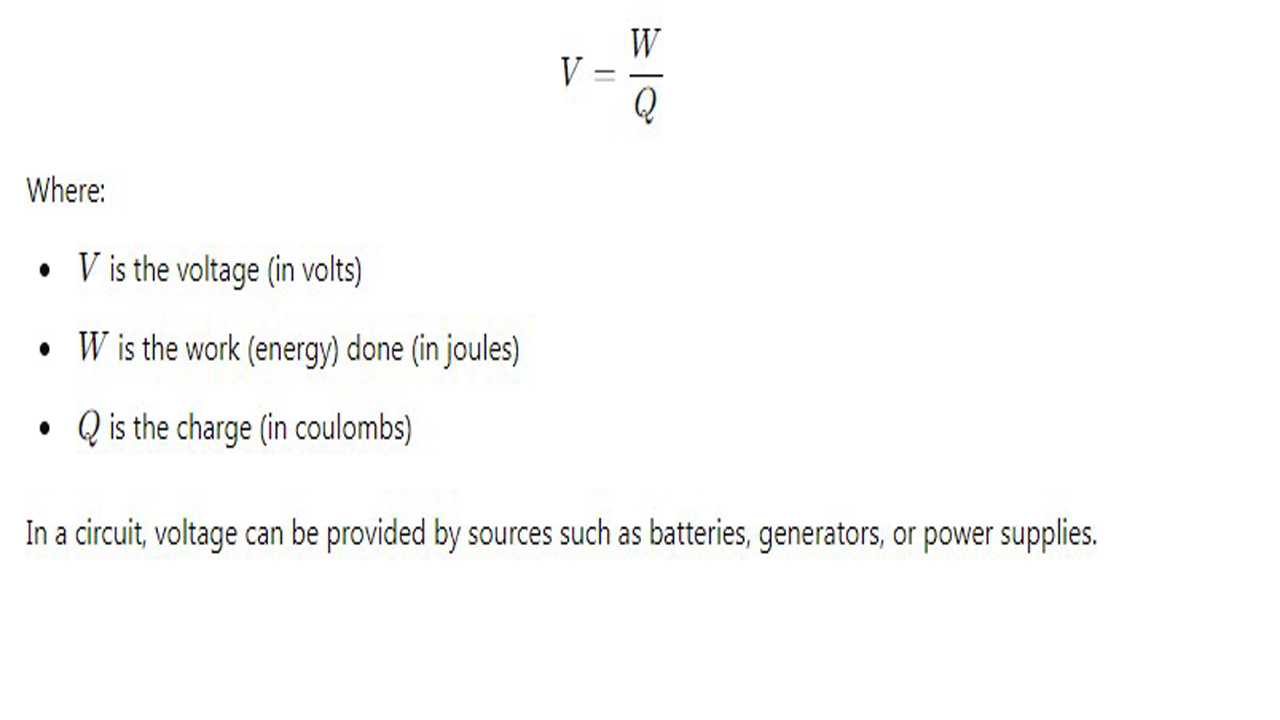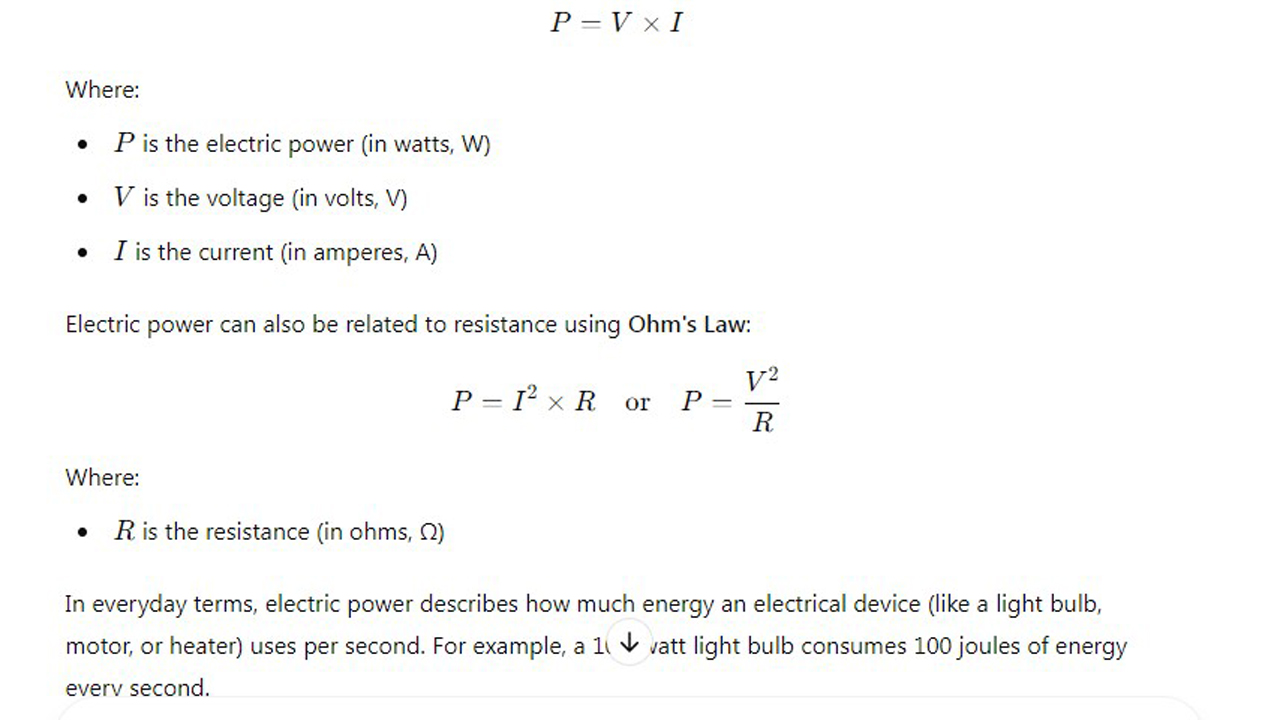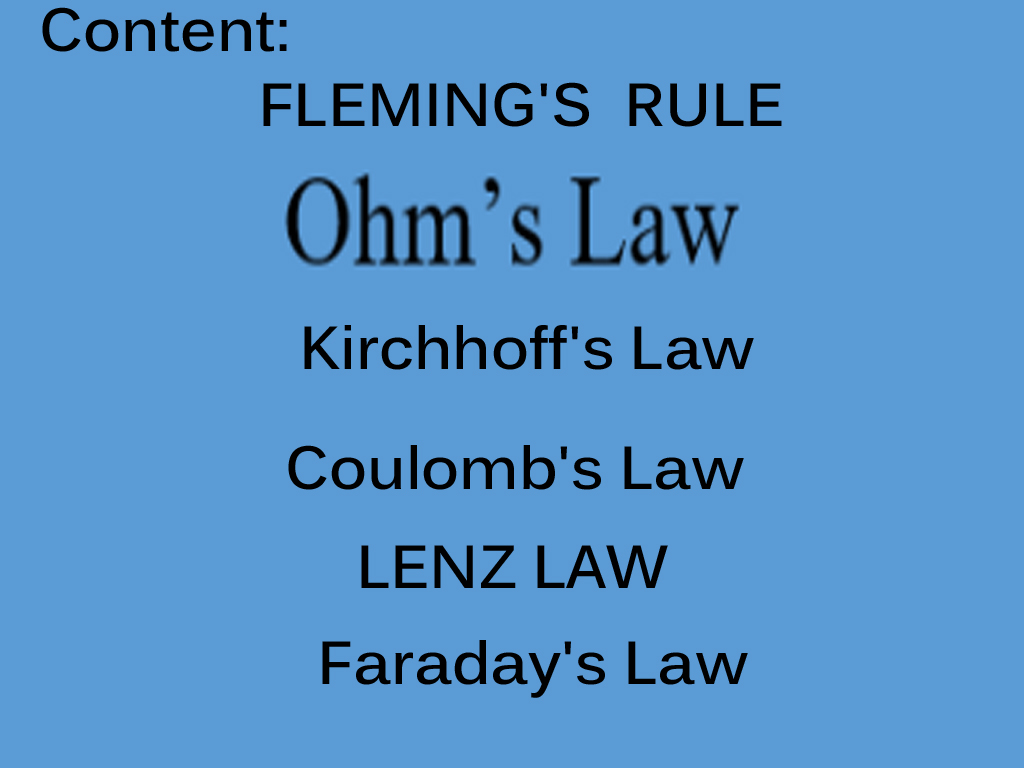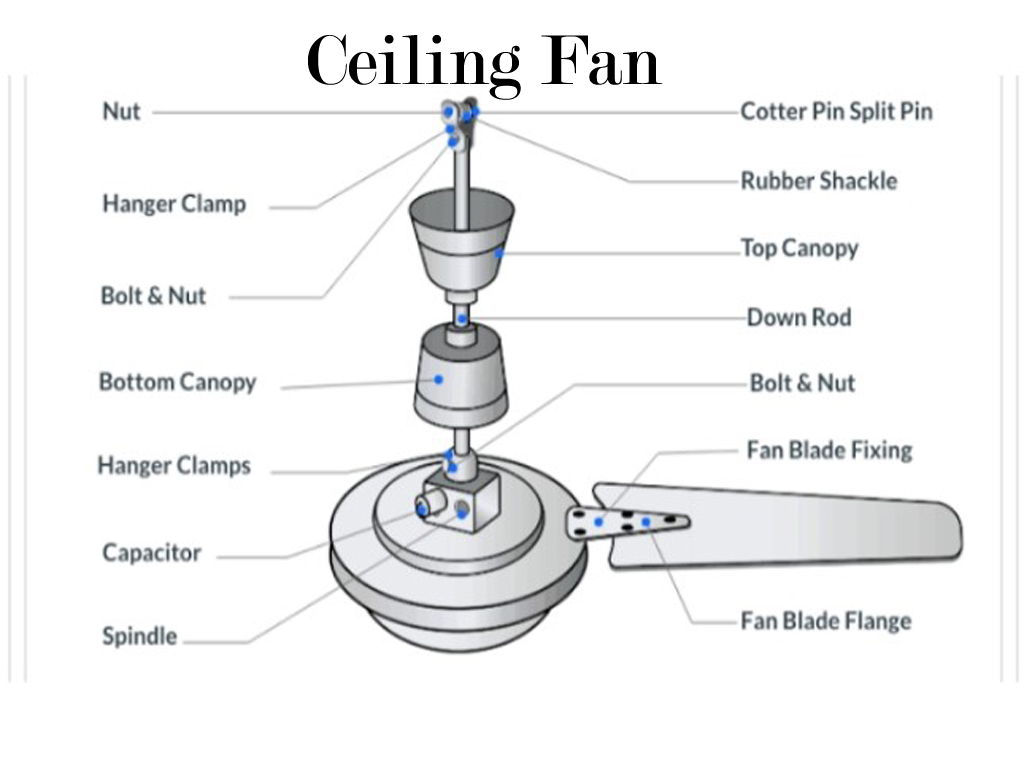Nature of Electricity
Electricity is a form of energy resulting from the movement of charged particles, typically electrons, through a conductor. It can be generated through various means, such as chemical reactions, magnetic fields, or mechanical processes. Electricity powers devices and systems, ranging from small electronics to large industrial machinery, and is a key component of modern life. It exists in two main forms: static electricity (accumulation of charge) and current electricity (flow of charge).
Electric Current:
Electric current is the flow of electric charge, typically carried by electrons, through a conductor such as a wire. It is measured in amperes (A) and can be either direct current (DC), where the charge flows in one direction, or alternating current (AC), where the charge periodically reverses direction. The movement of these charges is driven by a difference in electric potential, commonly provided by a voltage source like a battery or power plant. Electric current is essential for powering electrical devices and systems.
Electric potential:
Electric potential indicates the ability of an electric field to do work on a charge. A higher electric potential means that a charge at that point has more potential energy. The difference in electric potential between two points is called voltage, which drives the flow of electric current when a circuit is connected. It is typically represented by the symbol “V” and is measured in volts (V).
Mathematically, electric potential V at a point is defined as the work W done in moving a unit positive charge from a reference point (usually infinity) to that point, divided by the magnitude of the charge q:
V=W/q
Electric potential is important in understanding how electric circuits work and how energy is transferred in electrical systems.
Define potential difference:
Potential difference, also known as voltage, is the difference in electric potential between two points in an electric circuit or field. It represents the amount of work needed to move a unit charge from one point to another.
In simpler terms, it is the “push” that drives electric charges to flow through a conductor, creating an electric current. The greater the potential difference, the more energy is available to move the charges.
Potential difference is measured in volts (V), and the formula for calculating it is:
V=V2−V1
Where, V1 and V2 are the electric potentials at two different points. It is this difference in potential that causes current to flow in a circuit when connected to a power source like a battery or generator.
Unit of charge:
The unit of charge is the coulomb (C). It is named after the French physicist Charles-Augustin de Coulomb. One coulomb is defined as the amount of charge transported by a current of one ampere in one second.
In terms of fundamental particles, one coulomb is approximately equal to the charge of 625 × 1016 electrons or protons.
Free Electrons:
Free electrons are electrons that are not bound to atoms or molecules and can move freely within a material. These electrons are typically found in conductive materials like metals, where they play a crucial role in electrical conductivity.
In materials like metals, the outermost electrons of atoms are not tightly bound to their respective nuclei. These “free electrons” can move easily through the lattice structure of the material when a voltage or electric field is applied, creating an electric current. The presence of these free electrons is what allows metals to conduct electricity so efficiently.
For example:
- In a metal like copper, free electrons are abundant and move through the material, enabling the conduction of electricity.
- In insulating materials like rubber or wood, the electrons are more tightly bound to their atoms, preventing the flow of electrical charge.
Free electrons are also important in semiconductors (like silicon), where their behavior can be controlled to allow for the creation of electronic devices such as transistors and diodes.
Resistance:
Resistance is the opposition to the flow of electric current in a material. It determines how much a material resists the movement of electrons through it. The greater the resistance, the less current will flow for a given voltage. The unit of resistance is the ohm (Ω).
Ohm’s Law:
Resistance is related to the voltage (V) and current (I) in a circuit by Ohm’s Law, which states:
V=I×R
Where:
- V is the voltage across the material (in volts),
- I is the current flowing through the material (in amperes),
- R is the resistance (in ohms, Ω).
Example:
Imagine you have a simple circuit with a battery and a light bulb. If the battery provides a voltage of 9V, and the current flowing through the light bulb is 3A, you can calculate the resistance of the light bulb using Ohm’s Law:
R=V / I=9V / 3A=3 Ω
So, the resistance of the light bulb is 3 ohms.
Factors Affecting Resistance:
Several factors affect the resistance of a material:
- Material: Some materials (like copper) have low resistance (good conductors), while others (like rubber) have high resistance (insulators).
- Length of the conductor: The longer the conductor, the greater its resistance.
- Cross-sectional area: A thicker conductor has less resistance than a thinner one.
- Temperature: In many materials, resistance increases with temperature.
Practical Example:
In everyday life, resistance is why electrical appliances like toasters, hairdryers, and electric heaters produce heat. The wires or elements inside these devices have resistance, and as current flows through them, energy is dissipated in the form of heat. This heat is used for the device’s intended purpose, such as cooking food or drying hair.
Resistivity or Specific Resistance:
Resistivity, also known as specific resistance, is a material property that quantifies how strongly a material opposes the flow of electric current. It is denoted by the symbol ρ (rho). Unlike resistance, which depends on the shape and size of the conductor, resistivity is an intrinsic property of the material itself and does not change with the dimensions of the material.

Factors Affecting Resistivity:
Resistivity is influenced by factors such as:
- Material: Different materials have different resistivities. For example, copper has low resistivity, making it a good conductor, while rubber has high resistivity and is an insulator.
- Temperature: For most materials, resistivity increases with temperature. However, in some materials like semiconductors, resistivity decreases with temperature.
Example of Resistivity in Real Life:
- Copper and aluminum are materials with low resistivity, so they are commonly used in electrical wires.
- Rubber and glass have high resistivity and are used as insulators to prevent the unwanted flow of current.
Resistivity is an essential concept in designing electrical components, like resistors, wires, and circuit boards, because it helps determine how much resistance a material will exhibit for a given size and shape.
Electric voltage:
Electric voltage, also known as electrical potential difference, is the measure of the potential energy per unit charge available to drive electric current through a conductor. It is the force that pushes electric charges through a circuit and is expressed in volts (V).
In simpler terms, voltage is the “pressure” that pushes electrons in a wire to create an electric current. A higher voltage means more potential energy is available to move the charge, which typically results in a stronger electric current.
The formula for voltage is:

Electric power:
Electric power is the rate at which electrical energy is consumed or produced in a circuit. It measures how quickly energy is transferred or converted into another form, such as heat, light, or mechanical energy. Electric power is expressed in watts (W), where one watt is equal to one joule per second.
The formula for electric power is:


